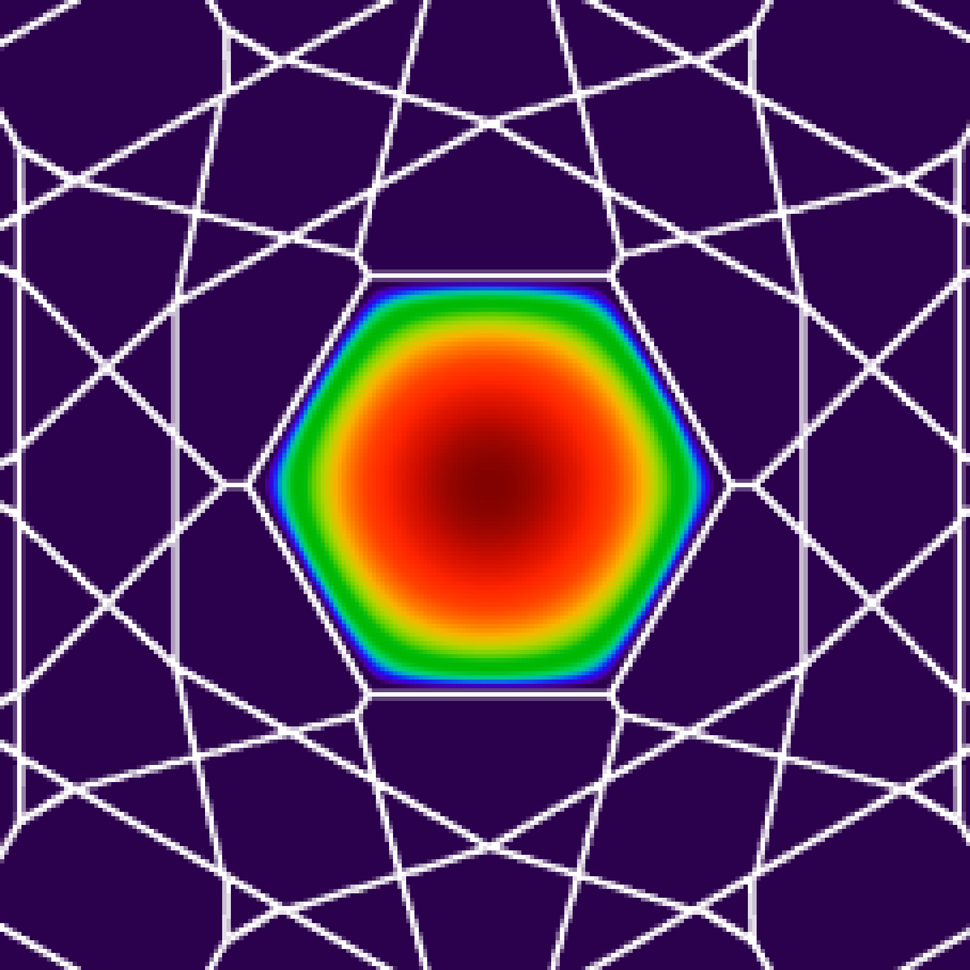Taming the ultraviolet
When UV light is transported through a special gas-filled hollow glass fibre, undreamt-of possibilities arise

UV light is absorbed by most materials, often causing damage—this is why we use sun-block cream. When correctly used, however, it can allow us to probe the properties of molecules with exquisite precision. For example, a complex molecule can be watched at work as it folds, vibrates or spins.
The photonic crystal fibre (PCF) division of Philip Russell at the Max Planck Institute for the Science of Light uses glass PCFs as "light cables". One particular kind of specially-designed PCF has a hollow core within which UV light can be captured and transported, without damage to the core. David Novoa's team within the PCF division is exploring what happens when the core is filled with hydrogen gas.
Light from a shoe-box sized commercial laser makes the hydrogen molecules oscillate synchronously inside the fibre core. These oscillations can then be transferred to passing light, causing its frequency to up-shift into the UV with very high conversion efficiencies. The whole system can fit on a table-top. Without the oscillation trick in PCF, extremely strong and bulky laser sources—even building-scale in some extreme cases—would have to be used.
Future applications
In the future, the team imagines PCF-based UV light sources being used in biomedical laboratories, for example. Combined with a microscope, they would allow imaging of extremely small structures—something that is so far not possible in the average laboratory because of the size, complexity and cost of the most common systems for generating UV light.
In addition, handling UV laser radiation will not only be easier, but also safer, because the UV light can be transported flexibly and directly from the source to the point of use without danger of its scattering around the laboratory. This will permit the system to be safely used by laboratory personnel, without extensive laser training.
Contact
Edda Fischer
Head of Communication and Marketing
Phone: +49 (0)9131 7133 805
MPLpresse@mpl.mpg.de





